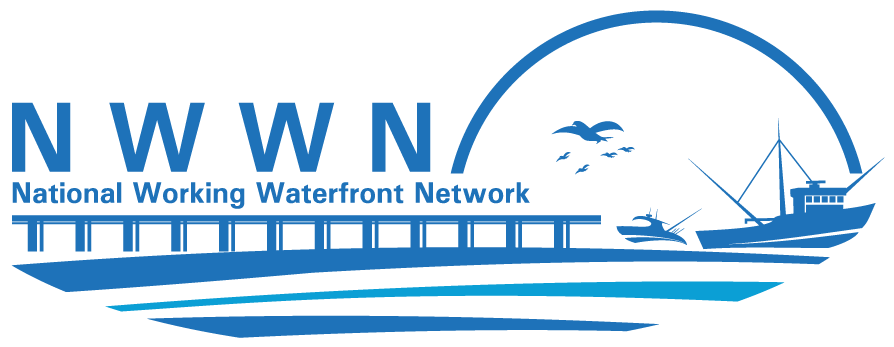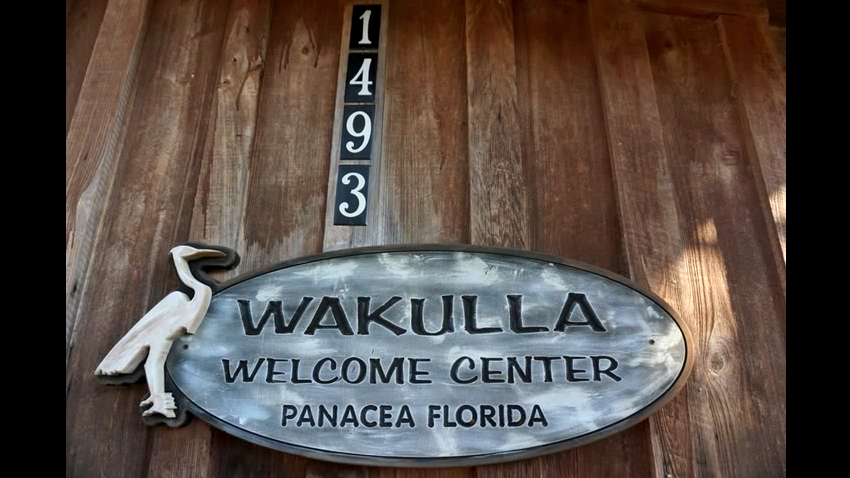Case Study
Waterfronts Florida Program
Location
Florida
Timeframe
1997 – present
Summary
The Waterfronts Florida Program (WFP) provides resources and technical assistance to help local governments in coastal Florida revitalize their waterfronts. The Florida Coastal Management Program originally created the WFP in 1997 to address the physical and economic decline of traditional working waterfront areas. Today, the Program is managed by the Florida Department of Economic Opportunity and its funding sources have varied, but usually come from the Florida Department of Environmental Protection, the Florida Coastal Management Program, and the National Oceanic and Atmospheric Administration.
To date, 23 coastal communities have been designated as Waterfronts Florida Partnership Communities (April 2012). During the designation process, a community receives intensive technical assistance to guide the revitalization of its designated waterfront area. This process includes establishment of a formal Waterfronts Florida Partnership, preparation of a community-designed vision plan to guide revitalization efforts, and implementation of prioritized projects to realize the community’s vision. The public dialogue and the partnerships that are developed with state agencies, private organizations, and other Waterfronts Florida Program communities enable a designated community to identify and implement proactive solutions that address the concerns of its citizenry.
Transferability
The Program in its current form was created in 2005 by the Florida Legislature, thus limiting its transferability to other states unless adopted by their legislatures. Nonetheless, there are aspects and outcomes of the Program that could be considered transferable as noted in the section on best practices.
Best Practices
- Communities that want to apply for designation as a Waterfronts Florida Partnership Community are encouraged to take part in a two-day training event.
- Designation Ceremony – The Waterfronts Florida Partnership Coordinator and other program staff visit a community following its designation to promote/publicize the local Waterfronts Florida Partnership.
- Mentoring and networking opportunities from other Waterfronts Florida Partnership communities can offer their experience and expertise; particularly through quarterly Waterfronts Florida Program managers’ meetings that rotate among the designated communities.
- A 67-page guidebook is available, containing best management practices drawn from the ideas and “on-the-ground know-how” of practitioners (Florida Department of Community Affairs, 2007).
- A 98-page document that contains a case study for each of 21 communities that received Waterfronts Florida designations (Florida Department of Community Affairs, 2009)is also available.
Full Case Study Description
Background
Many of Florida’s working waterfronts were once thriving centers of activity but now struggle to remain economically viable. A changing economy and lack of public and private investment have taken a toll. Nonetheless, working waterfronts still remain valuable assets that can contribute significantly to a community’s economic health and image. The Florida Department of Economic Opportunity’s Waterfronts Florida Program was created to support traditional water-dependent uses, as well as new waterfront uses that protect natural and cultural resources. The Program provides planning resources to local communities in coastal Florida that want to revitalize their working waterfronts.
History
The Waterfronts Florida Program evolved from research conducted in the wake of a 1994 amendment to the Florida Constitution that banned the use of entangling nets in Florida waters (Adams, Jacob, and Smith, 2000). The controversial net ban impacted numerous commercial and recreational user groups, as well as their communities. The Program was designed to incorporate and/or address many factors that facilitate or impede revitalization of declining waterfronts.
The Program’s first communities had to meet several prerequisites prior to their acceptance, including obtaining the sponsorship of their local government, developing a vision plan, forming a steering committee, and hiring a program manager. In turn, the Program provided small “seed money” grants to fund local planning activities, workshops on special topics, and, of prime importance to many communities, a high level of planning and policy assistance to develop and implement a protection strategy for their local waterfront. The Waterfronts Florida Program coordinator, in addition to serving as a morale booster, listened to problems voiced by community members, talked them through available options, and helped them decide on appropriate next steps.
The Program was solidified in 2005, when it was officially adopted into Florida Statutes with language stating that it would provide “financial and technical assistance” to communities revitalizing their waterfront areas.
Waterfront Florida provides planning resources for communities to develop local waterfront plans that address four priority areas: 1) economic development; 2) natural and cultural resource protection; 3) public access; and 4) hazard mitigation.
Benefits
Coastal communities that participate in the Waterfronts Florida Program receive support to develop and implement a community-designed waterfront revitalization plan (vision plan) that promotes coastal resource conservation and economic development. The in-depth process serves to strengthen local capacity and empower participants, while at the same time helping to sustain the rich heritage of Florida’s working waterfronts. During a community’s designation process, the Program provides:
- Assistance in organizing the local Partnership and its volunteers into highly functioning committees.
- Assistance in creating successful collaboration with local government, citizens, businesses, and civic groups.
- Technical assistance related to visioning, comprehensive planning and land development regulations, waterfront revitalization, environmental protection, and redevelopment.
- Training and peer exchange opportunities for local program managers and committee members.
- Assistance in locating funding and other resources for continued implementation of the community’s revitalization plan.
- Mentoring and networking opportunities from other Waterfronts Florida Partnership communities that can offer their experience and expertise.In addition to the numerous benefits of being designated a Waterfronts Florida Partnership Community, active communities receive extra points and benefits with some state grant programs.Actions and Approaches
Any community seeking designation as a Waterfronts Florida Community must submit a formal application. Applicants must be a municipal or county government, or a local nonprofit that is able to demonstrate a strong working relationship with local government staff and officials.Eligible communities are those required to prepare a coastal element as part of their local comprehensive plan (subsection 163.3177(6)(g), Florida Statutes). The community also must recognize the waterfront as a special place and be committed to developing policies that encourage preservation of recreational and commercial waterfronts. Additionally, communities must have the resources to designate a local Waterfronts Florida Program manager and to support a committee representing stakeholder interests.During the first phase of designation, a community establishes a strong local Waterfronts Florida Program partnership and prepares a community-designed vision plan to guide revitalization of its waterfront. The visioning process begins by reviewing existing documents, plans, and regulations that are germane to the designated waterfront. The community then hosts workshops to gather input from a wide range of stakeholders.The final vision plan will (a) identify goals, objectives, and strategies for addressing the four priority issue areas of the Waterfronts Florida Program; (b) provide recommendations for comprehensive plan and land development code changes necessary to preserve the waterfront; and (c) include an implementation plan with specific actions, time frames, and responsibilities.During the second phase, the community continues to implement its vision plan, incorporating it into the local comprehensive plan and undertaking priority projects that further its efforts to revitalize and preserve the waterfront.In the second year and thereafter, the local partnership increases community capacity to plan for and implement waterfront revitalization by participating in quarterly Waterfronts Florida Program managers’ meetings, trainings and other professional development events, as well as continuing to develop and adopt policy language necessary to implement their waterfront vision plan. To remain active, Graduate Communities are called upon to share their experiences and expertise with other waterfront communities.Contacts
Julie A. Dennis
Waterfronts Florida Program Coordinator
julie.dennis@deo.myflorida.com
(850) 717-8478Additional Information
Waterfronts Florida ProgramReferences
Adams, C., Jacob, S., & Smith, S. (2000). What happened after the net ban? Electronic Data Information System (EDIS), Institute of Food and Agricultural Sciences, University of Florida, April 24, 2012.The Florida Legislature – Waterfronts Florida Program Statute, 342.201
Florida Department of Community Affairs. (2007). Guiding the way to waterfront revitalization: Best management practices. Tallahassee, Florida: Florida Department of Community Affairs.
Florida Department of Community Affairs. (2009). Waterfronts Florida Partnership Program: Community case studies. Tallahassee, Florida: Florida Department of Community Affairs.
Last updated 08-Feb-16



